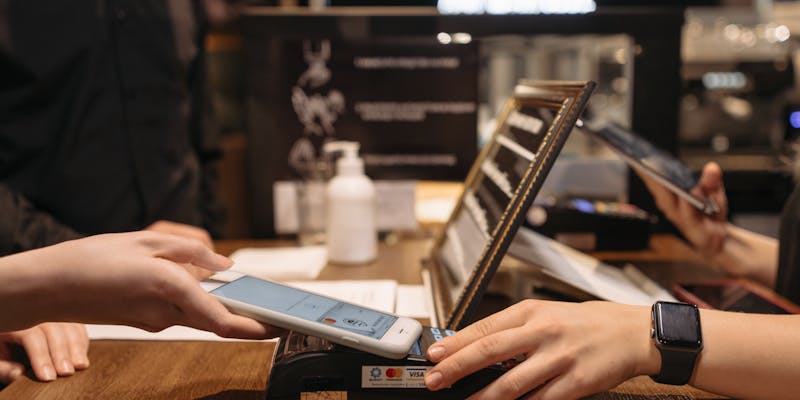Commerce is rapidly changing, with an inexorable shift toward digitalization becoming evident. Both businesses and customers are moving away from old-style transactions, opting for the convenience and security of contactless payment methods. Looking ahead, the retail and service sectors are increasingly defined by transactions that are effortless and safe. The widespread adoption of contactless options, from cards that simply require a tap to advanced wearable tech, heralds a change in how society handles payments. This trend reflects a preference for transactional speed that does not forsake security, indicating a transformative phase in consumer behavior and payment technology. These developments show no signs of slowing, suggesting a future where traditional payment methods become relics of a bygone era, replaced by swift, contactless alternatives that cater to a world on the go.
The Rise of Contactless Solutions
In recent years, the growth of contactless payments has been astounding. Far from being a mere trend, it is now nestled at the core of daily consumer experience. The drive for this growth is multifaceted. On one hand, technological innovations such as NFC and advanced proximity sensors have made these transactions as simple as a gesture or tap. On the other, consumer demand for quick, hassle-free checkouts has surged, compelling merchants to adopt systems that support lightning-fast payments. In tandem, the cultural push for minimal contact in the aftermath of global health concerns has propelled the adoption rate of these technologies to new heights.
The shift toward contactless is not solely about convenience; it addresses a critical component of modern commerce: security. Traditional transaction methods, heavily reliant on physical interaction and data entry, are prone to security breaches. Contactless payments offer a secure alternative by minimizing physical touchpoints and utilizing sophisticated encryption. Yet, the responsibility to keep these transactions secure falls on the shoulders of both the payment industry and consumers themselves. It is vital that as consumers increasingly adopt contactless methods, they also remain vigilant about the privacy settings and security protocols inherent to their chosen payment platforms.
Balancing Security with Biometrics
Addressing the perennial dilemma between convenience and security, biometric authentication emerges as an elegant solution. No longer the domain of sci-fi, biometric security is already in use for unlocking smartphones and confirming identities at border controls. Its integration into payment systems heralds a remarkable step forward. Fingerprint, facial, and iris recognition technology are bolstering contactless transactions to be both effortless and secure. By linking a person to their payment method biometrically, the possibility of fraud is greatly reduced. Authenticating payments with biological data not only diminishes the chance of unauthorized use but also streamlines the checkout process, eschewing the need for PINs or signatures.
The implementation of biometrics in contactless payments isn’t without challenges. There are concerns over data privacy and the ethical handling of sensitive information. However, stringent data protection laws and the development of secure cryptographic storage solutions are mitigating these risks. Moving forward, it’s clear that biometric verification is set to redefine the security paradigm in payments. As biometric technology becomes more accessible and public trust increases, the harmony of frictionless commerce and robust security through biometrically enhanced contactless payments could become ubiquitous.
Mobile Wallet Renaissance and Wearable Payment Evolution
The resurgence of mobile wallets, boosted by improving contactless technology, is simplifying transactions for consumers everywhere. As habits shift toward the convenience of smartphone payments, collaborations among payment providers and retailers are ushering in broader adoption. Incentives and loyalty integrations, alongside user-friendly enhancements fueled by open banking, are making mobile wallets more appealing than ever.
Wearable tech also joins the trend, with smartwatches and even rings acting as payment methods, thanks to built-in NFC chips. This is transforming retail and public transport, where quick ‘tap and go’ payments can save precious time.
Looking ahead, contactless payments are revolutionizing commerce, backed by faster and safer methods. With biometrics likely to add a layer of security, this blend of mobile and wearable tech could render cash and cards obsolete, signaling a leap into a future driven by convenience and speed in everyday transactions.

